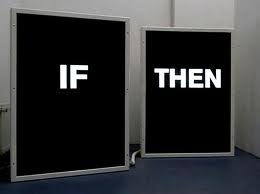
As someone who has not only spoken on personal safety for 28 years, but someone who has taught physical defense for probably 20 of those years, I am always question those who offer “pat answers” to difficult situations. Likewise, I caution those who take a “one-size-fits-all” approach to their own personal safety when recommending others follow their lead.
I have said many, many times that there is no “if this, then this” approach to your personal safety or defense. It is the old case of “different strokes for different folks”. I do advocate (and will always do so) that people in general should have some basic training of hand-to-hand defensive training as the one thing you are always assured to have with you in a clinch is “YOU”! But even so, I realize age, physical abilities (or limitations) can factor into such equations and enhancements (via various devices) may be included in such personal strategies.
I say this because today there does seem to be a “one-size-fits-all” approach sneaking into our national dialogue, and one I am not against in-principle, but where I still promote caution. Not every potentially threatening situation calls for deadly force in its response. We all need to understand that whatever actions you take you may have to answer for in a court of LAW (not to be confused with a court of “justice”). If there was anything you could have done to deescalate the situation, it will be brought up in court; if there was anything you could have done to avoid the situation altogether, it will be brought up in court. This is why learning to spot trouble “BEFORE” trouble spots you becomes a pivotal piece of your physical (and legal) defense.
Life is about options and alternatives, and your personal safety is no different. Whatever your “Plan A”, make sure you have a “Plan B” and a “Plan C” just in case Murphy’s Law rules the day. Remember, there are no absolutes in personal safety.
Jeff McKissack, Founder
TroubleSpotters.com